Sustainable Facility Installation Practices: Minimizing Environmental Impact

In today’s environmentally conscious world, the construction and industrial sectors play a critical role in shaping sustainable futures. As facility managers and construction professionals strive to meet operational goals, they must also consider their environmental responsibilities. Sustainable installation practices not only reduce ecological footprints but also contribute to long-term cost savings and improved efficiency. This blog delves into actionable strategies to minimize environmental impact while maintaining top-tier performance in industrial installations.
The Growing Need for Sustainable Practices
The environmental impact of industrial installations is significant, accounting for a substantial portion of global energy consumption and material waste. For instance, the construction sector alone contributes approximately 30% of global greenhouse gas emissions and generates large quantities of non-recyclable waste. With growing regulatory pressures and increased client demand for greener solutions, sustainability is no longer optional—it’s essential.
Key Strategies for Sustainable Installation
1. Embrace Energy-Efficient Equipment
Using energy-efficient machinery and systems during installations can drastically reduce energy consumption. For instance, installing LED lighting, variable frequency drives (VFDs), and energy-optimized HVAC systems are small changes that yield significant long-term energy savings.
2. Reduce Material Waste
Waste reduction starts at the planning stage. Utilize tools like Building Information Modeling (BIM) to accurately calculate material requirements, thereby minimizing excess. During installations, prioritize modular construction methods, which generate up to 90% less waste than traditional methods.
3. Source Eco-Friendly Materials
Sustainability begins with the materials chosen. Opt for renewable, recycled, or low-impact materials, such as reclaimed steel or FSC-certified wood. These materials not only lower the environmental footprint but also align with green building certifications like LEED or BREEAM.
4. Adopt Circular Economy Principles
Industrial installations should prioritize reusability and recyclability. For example, dismantling old systems for refurbishment or parts reclamation reduces the need for virgin materials. Companies that integrate circular economy practices report up to a 30% reduction in resource costs.
Real-World Examples of Sustainable Practices
- Zero-Waste Construction in Scandinavia
A leading construction company in Sweden adopted prefabricated components and reduced on-site waste by over 75%. These components were fabricated in controlled environments, leading to higher quality and less material consumption. - Solar Power Integration in Industrial Facilities
A manufacturing plant in Texas installed solar panels during a facility upgrade, reducing energy costs by 40% while achieving carbon neutrality for the site.
The Role of Technology in Sustainability
Advanced technology is pivotal in enhancing sustainability. Tools like IoT sensors and real-time monitoring systems optimize energy use during installations, ensuring efficient deployment of resources. Additionally, drone technology can streamline site assessments, reducing the need for frequent vehicle trips and on-site manpower.
Benefits of Sustainable Installation Practices
- Cost Savings: Sustainable practices often result in lower operational and maintenance costs over time.
- Regulatory Compliance: Many regions now mandate green standards; adhering to these ensures smooth project approvals.
- Enhanced Reputation: Sustainable operations attract environmentally conscious clients and investors.
- Improved Worker Safety: Eco-friendly practices, such as non-toxic materials, create safer work environments.
A Vision for the Future
Sustainability in industrial installations is not merely a trend; it’s the future of responsible business. By adopting eco-friendly practices, construction professionals and facility managers can significantly impact environmental preservation while achieving operational excellence.
From reducing waste to embracing cutting-edge technologies, the journey to sustainability begins with deliberate choices and thoughtful planning. The time to act is now—implementing sustainable installation practices is a win for both businesses and the planet.
Newsletter
Don't miss a thing!
Sign up to receive daily news
Recent Posts
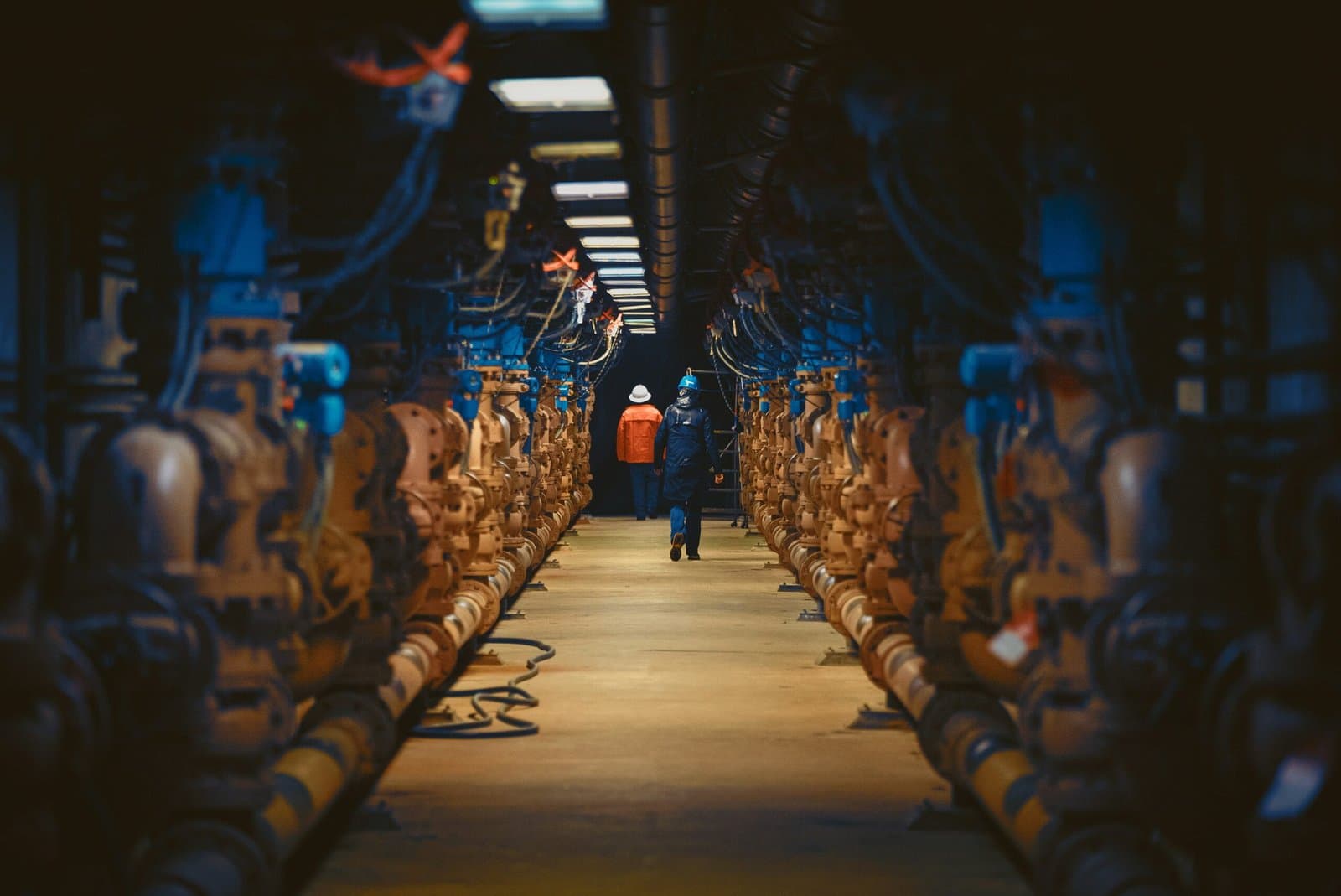
august 30, 2025
Decommissioning a Facility: How to Turn It into a Profitable Venture
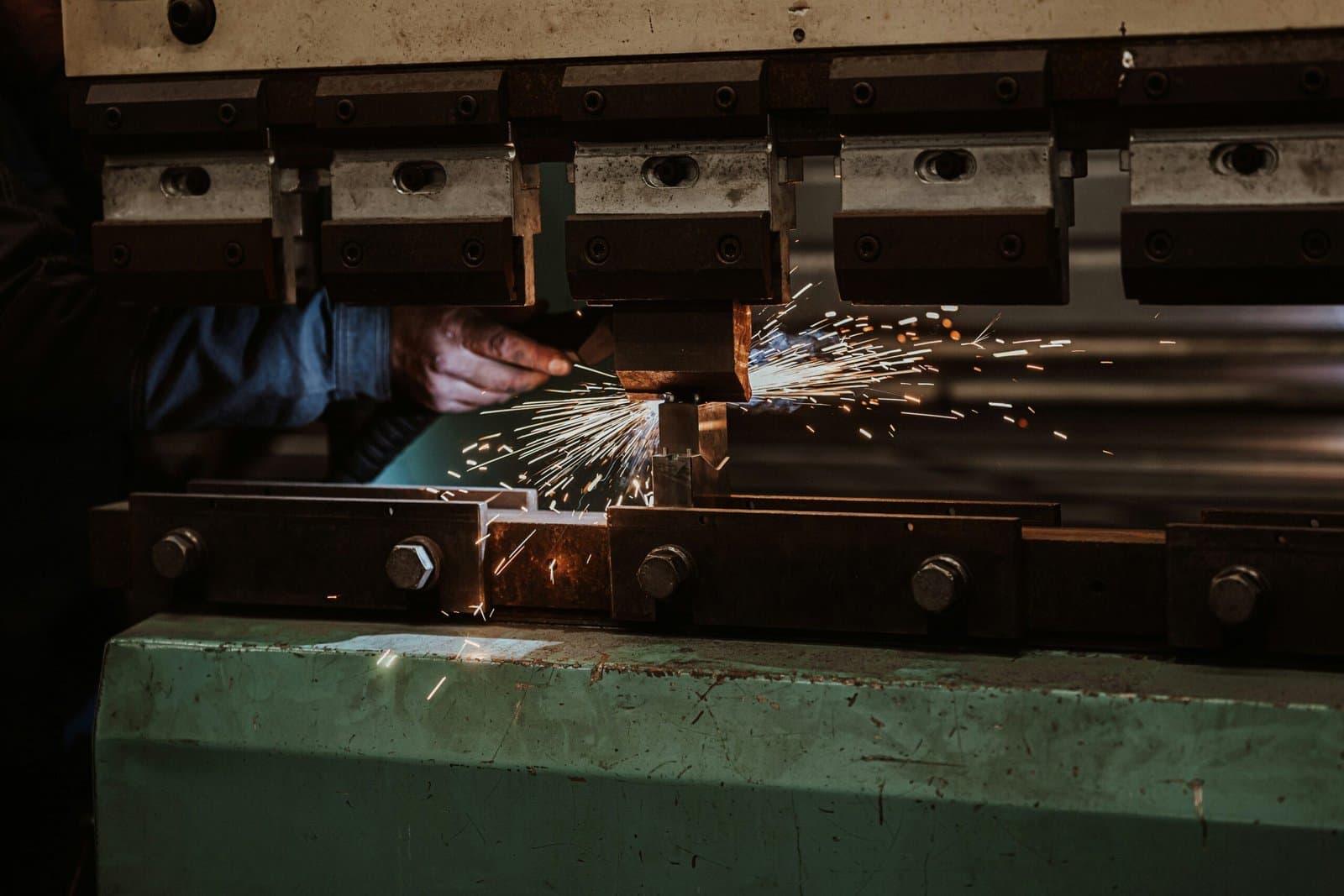
august 25, 2025
Hydraulic Press Maintenance 101
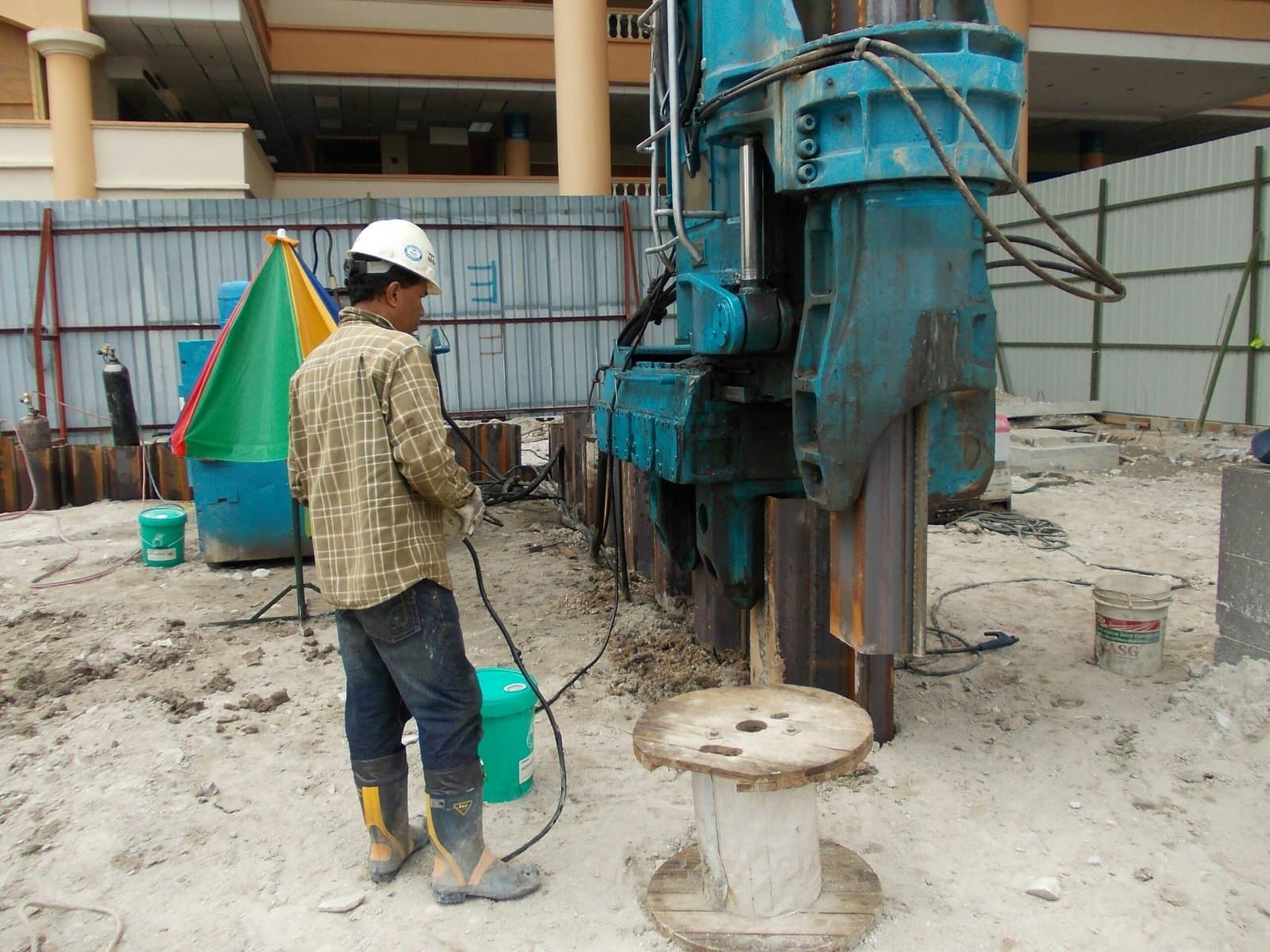
august 18, 2025
Rigging Machinery: The Challenge of Moving and Installing Outdated vs. Modern Equipment
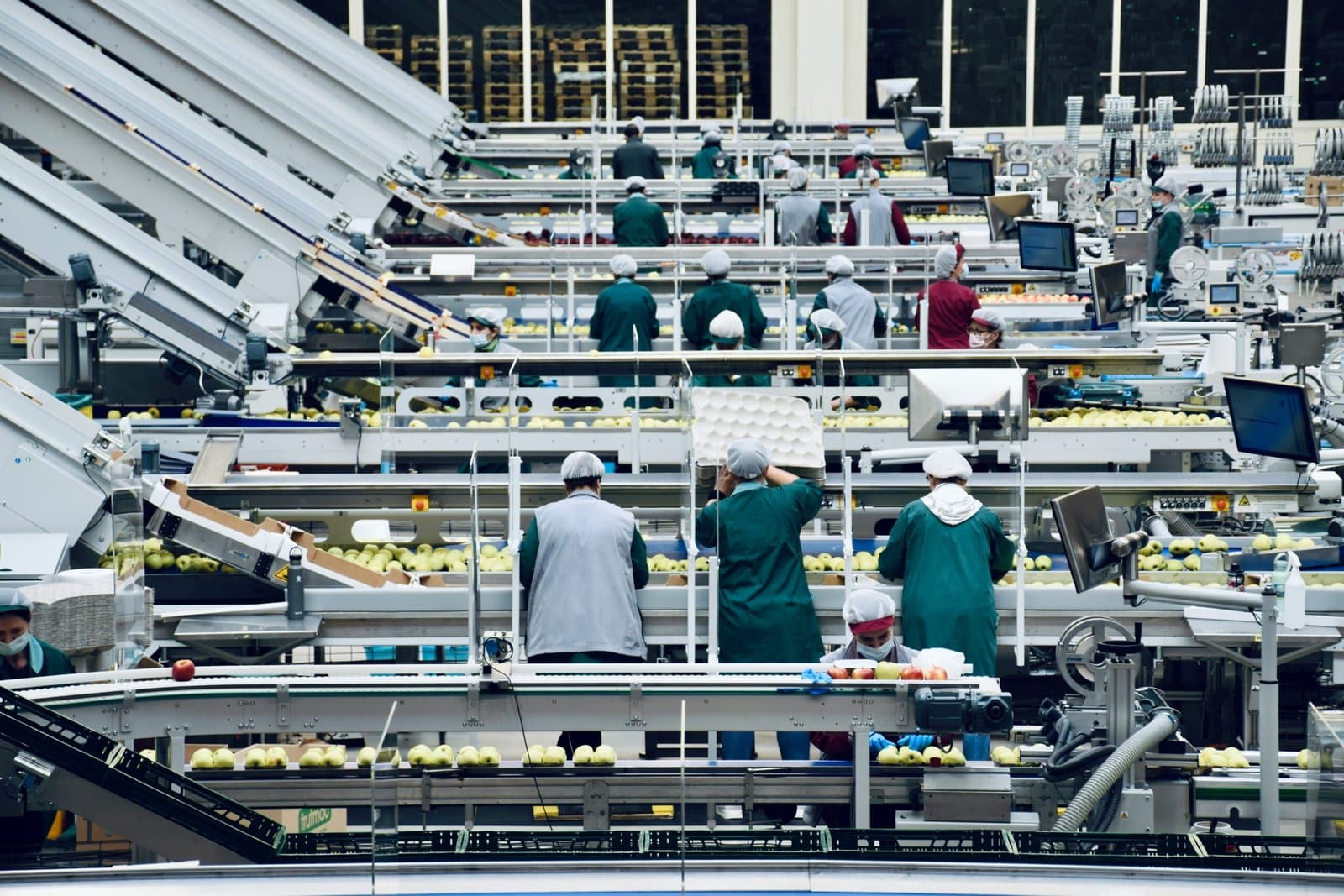
august 16, 2025
Conveyor System Maintenance: 5 Early Warning Signs of Failure
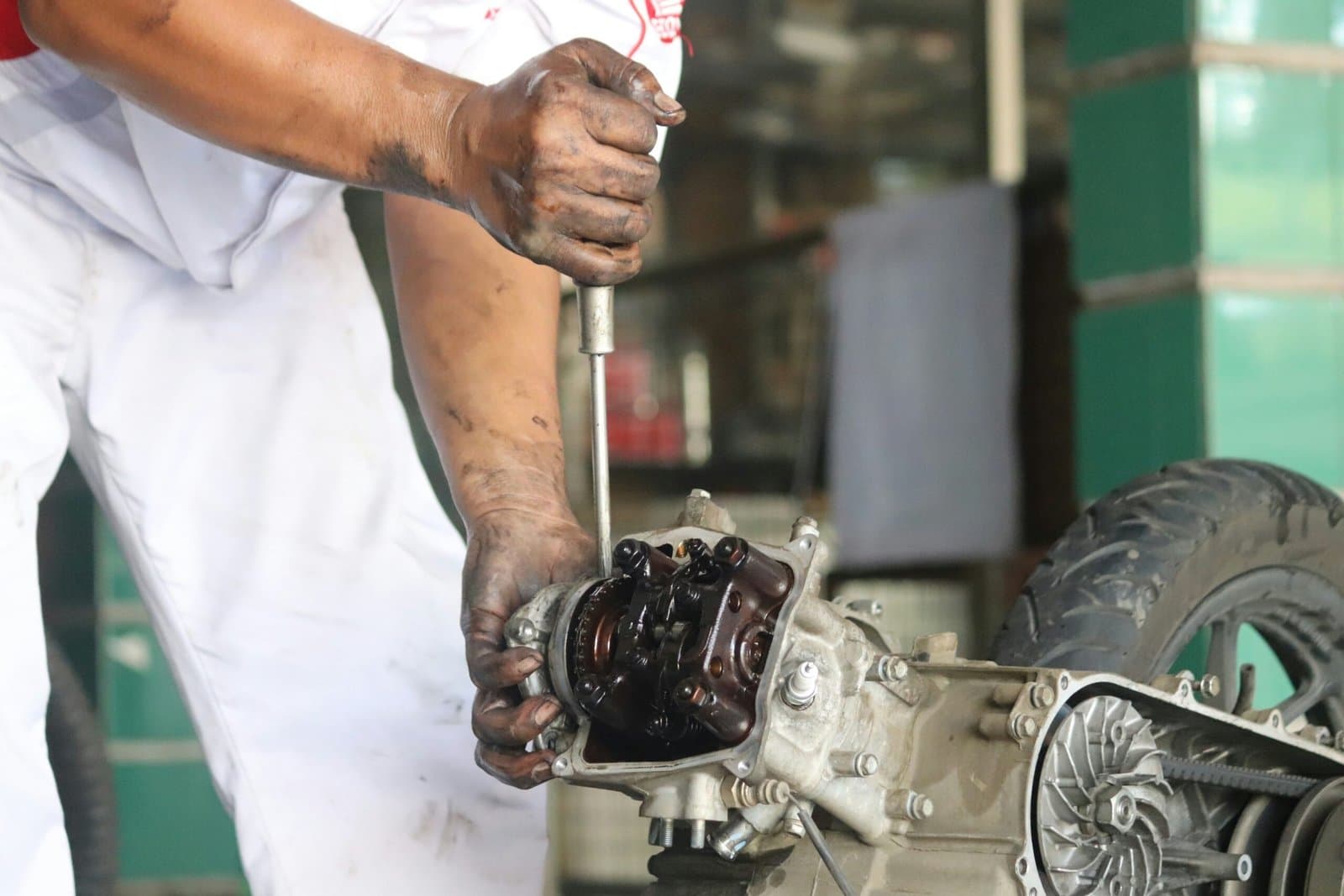
august 14, 2025
Predictive Maintenance: The Smarter Alternative to Costly Reactive Repairs

august 11, 2025